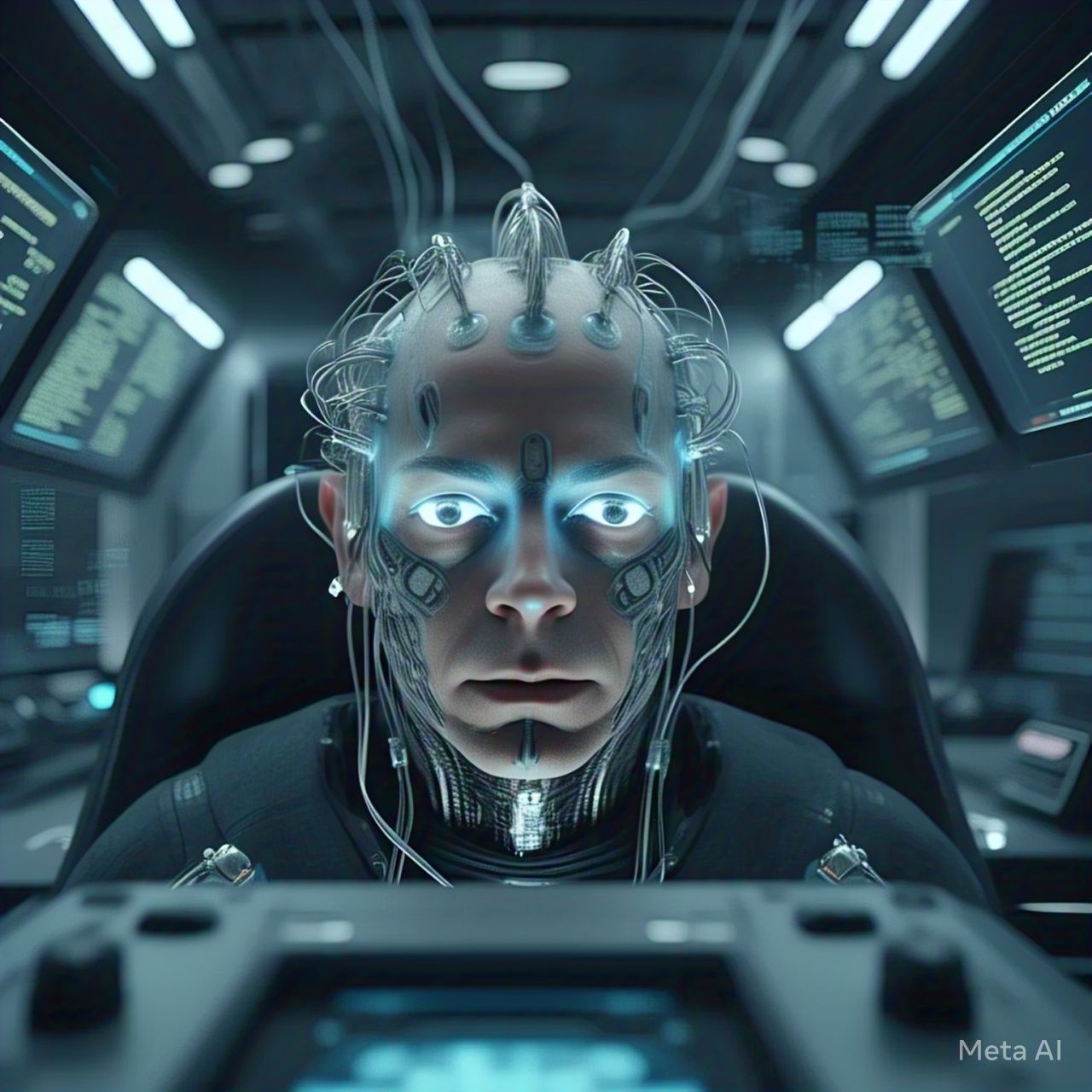Introduction
The fusion of Artificial Intelligence (AI) with neural implants is no longer the realm of science fiction. As advancements in neuroscience and AI converge, the possibility of merging human cognition with machines is rapidly becoming a reality. Neural implants, also known as brain-computer interfaces (BCIs), have the potential to revolutionize healthcare, communication, and even the way humans interact with technology. This article explores the implications, benefits, and ethical concerns of integrating AI with neural implants.
The Evolution of Neural Implants
Neural implants have been in development for decades, primarily for medical applications such as treating neurological disorders. Early breakthroughs include deep brain stimulation (DBS) for Parkinson’s disease and cochlear implants for hearing impairments. With AI integration, these implants are evolving beyond medical applications, potentially enhancing human intelligence and capabilities.
How AI Enhances Neural Implants
AI plays a crucial role in optimizing neural implant functionality. Here’s how:
1. Improving Signal Processing
AI algorithms can interpret brain signals more accurately, translating neural activity into actionable commands. This is particularly useful for individuals with mobility impairments who rely on BCIs to control prosthetics or computers.
2. Restoring Lost Functions
Neural implants powered by AI can restore motor functions in patients with spinal cord injuries or neurodegenerative diseases by establishing direct brain-to-machine communication.
3. Cognitive Enhancement
AI-driven BCIs may one day boost memory, problem-solving, and learning abilities, offering enhancements beyond natural human cognition.
4. Seamless Human-Machine Interaction
AI can enable more intuitive communication between the brain and external devices, allowing for hands-free control of smartphones, computers, and even household appliances.
Potential Applications
The integration of AI with neural implants has wide-ranging applications, including:
1. Medical Advancements
- Treating neurological disorders such as epilepsy and ALS.
- Assisting individuals with disabilities by enabling control over robotic limbs.
- Early detection of mental health disorders through brain activity monitoring.
2. Augmented Reality and Virtual Reality
- Direct brain interaction with AR/VR environments, revolutionizing gaming, training simulations, and remote work.
3. Enhanced Communication
- AI-powered BCIs could enable direct thought-to-text communication for individuals with speech impairments.
- Real-time language translation using brain signals.
4. Military and Defense
- Advanced AI-driven implants for soldiers, improving reaction times and situational awareness.
- Enhanced brain-machine coordination for operating drones and robotic systems.
Ethical Concerns and Challenges
Despite its promise, AI-powered neural implants raise critical ethical and security concerns:
1. Privacy and Data Security
- Brain data is highly sensitive. Unauthorized access or misuse could lead to unprecedented privacy violations.
2. Potential for Cognitive Manipulation
- AI-driven BCIs could be used to influence thoughts, behaviors, or decisions, raising ethical concerns around autonomy and free will.
3. Socioeconomic Disparities
- Access to neural augmentation could widen the gap between those who can afford enhancements and those who cannot.
4. Regulatory and Safety Issues
- The long-term effects of AI-integrated neural implants remain unknown, necessitating stringent regulations and extensive research.
The Future of AI and Neural Implants
As AI and neuroscience continue to advance, the integration of neural implants with AI will likely become more sophisticated and widely accepted. Future innovations may include:
- Wireless, non-invasive BCIs for safer and more accessible brain-machine interactions.
- AI-powered neuroprosthetics that function as natural extensions of the human body.
- Brain-networked computing, allowing seamless connection between human minds and AI systems.
Conclusion
The merging of AI and neural implants represents a transformative leap in human evolution. While the potential benefits are immense, addressing ethical concerns, security risks, and regulatory frameworks is crucial for responsible development. As research progresses, AI-driven neural implants may redefine human-machine interaction, paving the way for a future where the boundaries between mind and machine are blurred.




